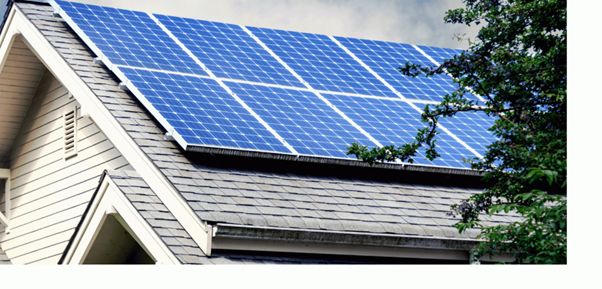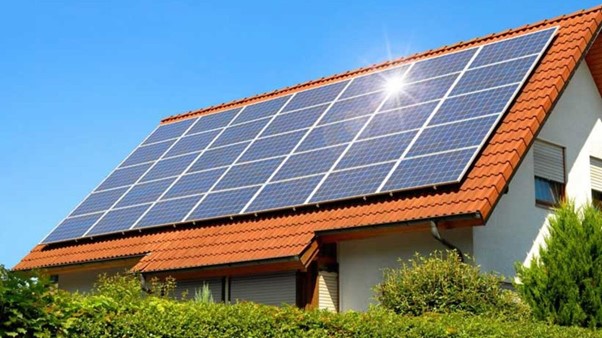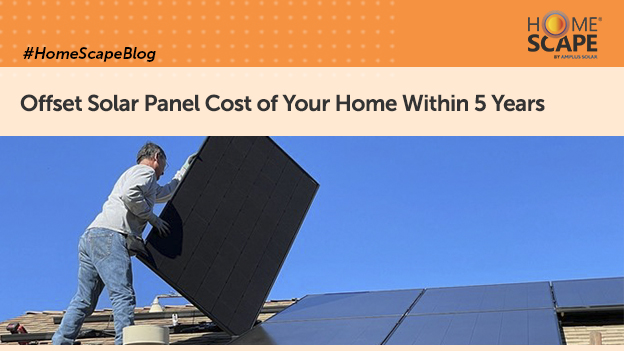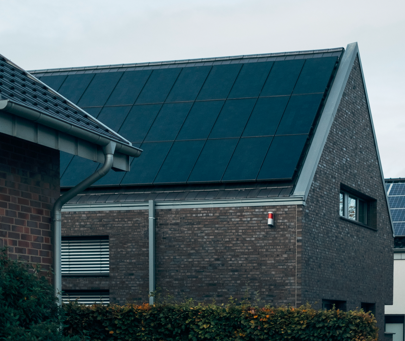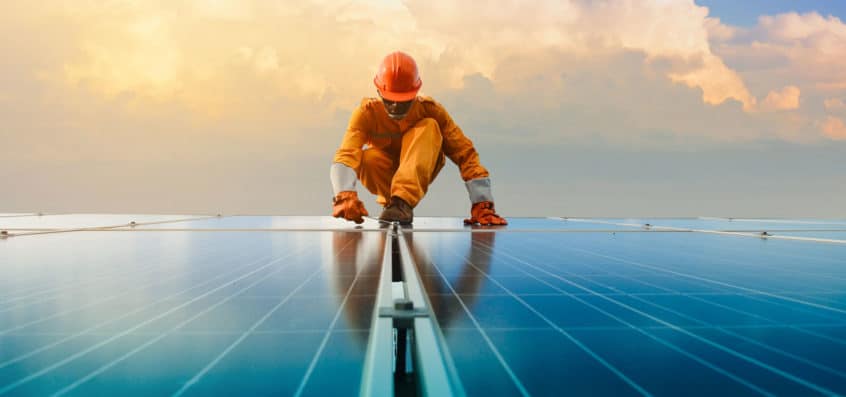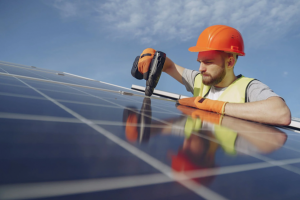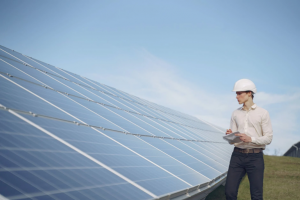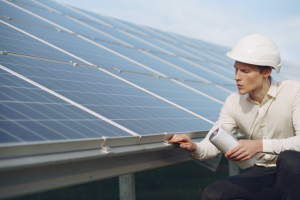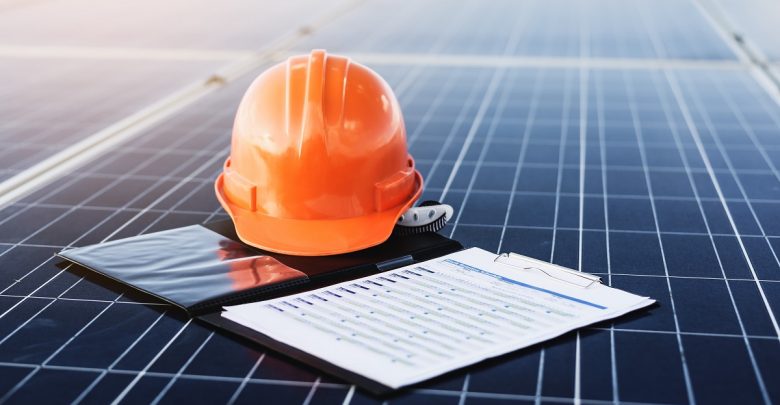In response to a long-standing demand from India’s solar manufacturing sector, the Ministry of New & Renewable Energy (MNRE) will implement Basic Customs Duty (BCD) w.e.f. April 2022. This move will protect domestic solar manufacturers from the stiff price competition from imported solar modules. Imposing a high tax rate will work in favour of the domestic solar industry in the short term as the price gap between imported solar components and locally-produced solar components will be be bridged.
However, this is just one side of how this hike in basic import duty will impact India’s solar sector. The price of home solar systems is expected to rise as material costs across the supply chain become costlier. A home solar system comprises of solar panels, inverter, cables and mounting structure.
Rise in the cost of solar modules is bound to increase the price of a home solar system as module price comprises more than 50% share of the price of the whole solar system. But in order to estimate how much the price is likely to increase, read more.
Upcoming Changes in Solar Equipment Prices
India is chasing an ambitious goal of 280 GW of installed solar energy capacity by 2030. However, the country has been heavily dependent on imports so far. This has worked against the domestic solar manufacturers as several are on the verge of shutting down. China alone accounts for 80% of the total solar imports, while the rest consists of imports from Malaysia, Thailand, and Vietnam.
The Ministry of New and Renewable Energy recognizes the urgency to protect domestic solar component manufacturers against stiff price competition from imported ones and reduce the dominance of low-cost imports in the Indian solar markets.
The Basic Customs Duty is a move that will help boost domestic manufacturing of solar components. As per the proposed duty structure, a basic customs duty of 40% on solar modules and 25% on solar cells will come into force on all solar imports starting April 1st, 2022. This tax imposition is expected to be a gamechanger for India’s Atmanirbhar Bharat vision. It will do away with the cost advantage that has allowed imported solar components so far to dominate Indian markets, providing Indian manufacturers a level playing field and the confidence to scale their capacity and performance.
This has come after the BCD for imported solar inverters was raised from 5% to 20% effective from February 2nd, 2021.
Impact of BCD Price Changes on Solar Industry
Long after the expiry of Safeguard Duty in July 2021, BCD is set to take effect from April 1st, 2022, though the intent of this change was already shared by MNRE in early 2021. As a result, the industry will see a slight increase in solar power tariffs being offered to Commercial & Industrial customers due to expensive solar components.
As per ICRA, the capital cost of a solar power plant project will increase by 23-24%. The official notification from MNRE also clarifies that there is no provision for exempting projects already auctioned. This is no brainer that the same price rise will happen for homeowners as well looking to purchase home solar plants for their house.
Apart from the low cost, the higher efficiency of imported rooftop solar panels is also another major factor why some of the developers and power producers prefer imported solar panels. But this is set to change as domestic solar manufacturers are also working on efficiency and ramping up their production capacities. Also, this hike in solar plant cost is anticipated to be a short-term disruption until local manufacturing achieves economies of scale and becomes even more efficient than the imported solar modules.
To that end, BCD will create a supportive ecosystem for the domestic solar industry by providing relief against the competitive environment created by low-cost foreign imports, especially China. We should also note that import barriers can only be temporary measures. Eventually, domestic solar manufacturing will succeed only if we are able to compete in the global marketplace – in terms of price, technology, and scale.
Why Get Solar for your Home Now ?
The basic customs duty on solar components will be implemented from April 1st, 2022, meaning the current solar prices are still affordable. Hence, if you are planning to solarize your home in the near future, purchases made during this time will still come at old prices.
Moreover, there is the added benefit of the simplified rooftop solar subsidy scheme recently introduced by MNRE. This updated subsidy scheme allows homeowners to get solar from any developer of their choice and avail subsidy through a simple online application process. The solar subsidy can further bring down the cost of rooftop solar for your home by up to 40%.
Harness the energy of the sun to power your gadgets, air conditioning and heating systems, and your entire home with our custom residential rooftop solar systems from HomeScape by Amplus Solar. Our end-to-end home solar power solutions help reduce your energy costs by up to 90%. Designed for luxury and engineered for durability, our rooftop installations come with a 25 years warranty and the investment practically pays for itself in as less as 5 years.
Our renewable energy solutions for homes also include add-ons like high-quality battery backups and a smart solar performance monitoring system to help you keep your solar plant’s health in check. If you want to learn about current solar panel prices, partner with HomeScape – one of the leading residential solar companies in India.

